Tag: Haemorrhage
-
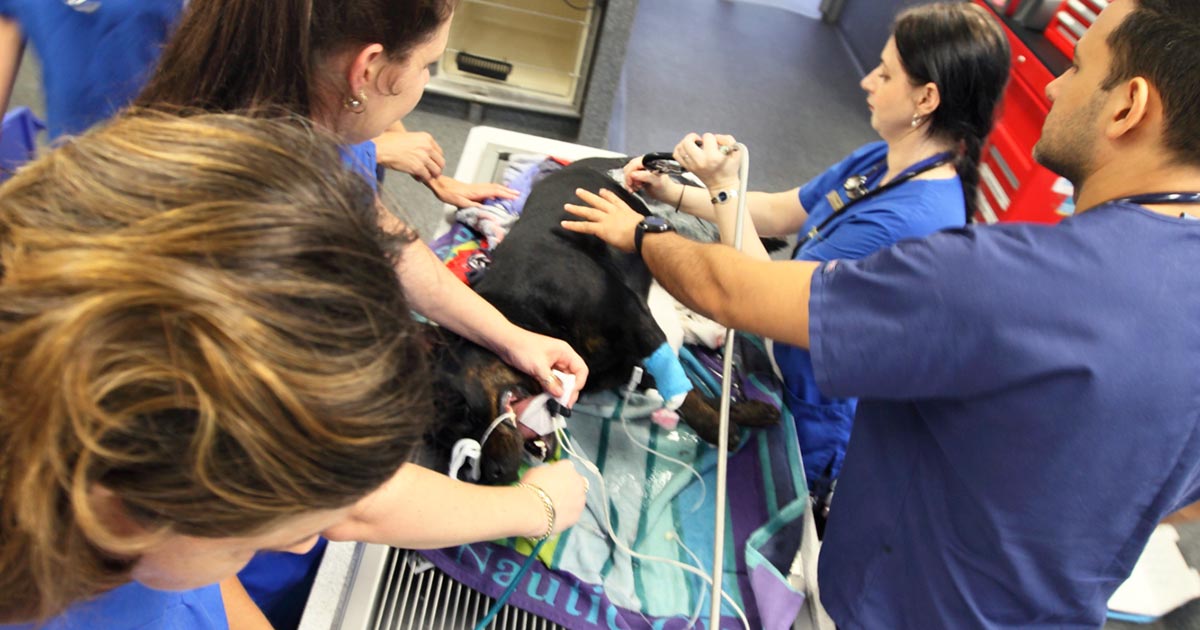
Triage, pt 2: secondary survey
—
by
Secondary survey refers to the detailed physical examination performed after the primary survey, and should only be performed once the patient has been adequately stabilised. It is always important to perform physical examinations systematically to avoid overlooking organ systems. This could be difficult in a stressful emergency situation, so one way to remind yourself is…
-
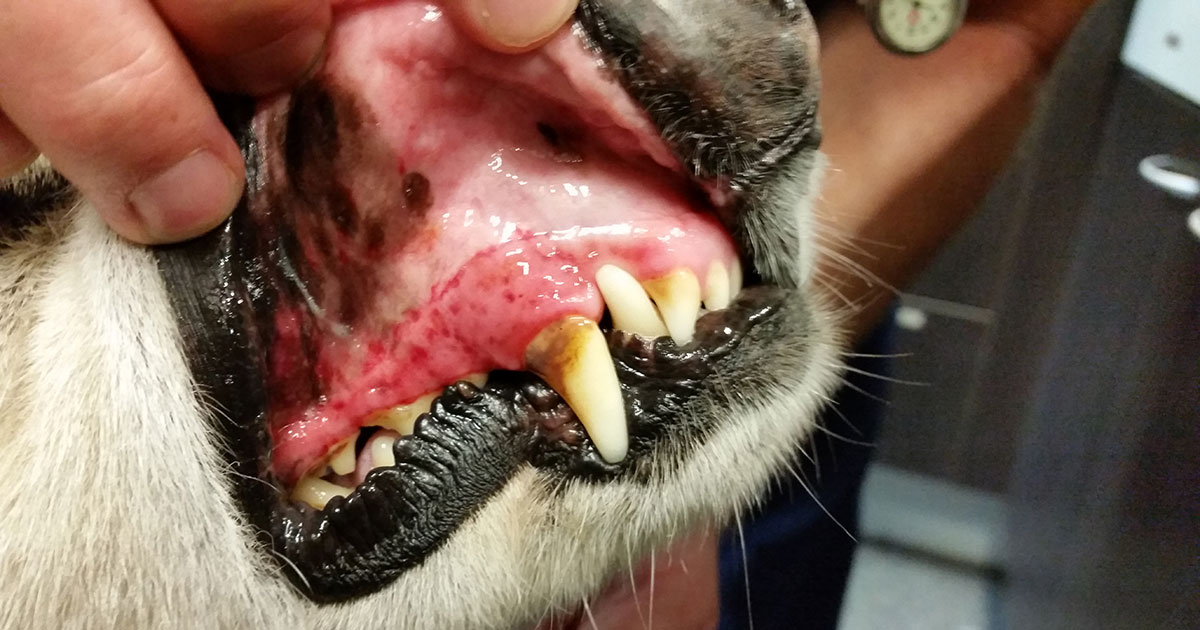
How to approach the bleeding patient, part 2
—
by
Following on from part one, where we discussed that just by getting a good history and assessing the signalment a list of differentials can be narrowed down, we now look at how we can continue to narrow down the list based on the physical examination findings. Although we now understand the way coagulation occurs in…
-

Managing thrombocytopenia in cats and dogs: part 2
—
by
Last week we discussed the causes and diagnostic pathway for investigating immune-mediated thrombocytopenia. This week we will go through the management of this condition. Despite the fact red blood cells are not actually being destroyed, a severe anaemia can develop from blood loss due to coagulopathy – a common reason for why they present to…
-
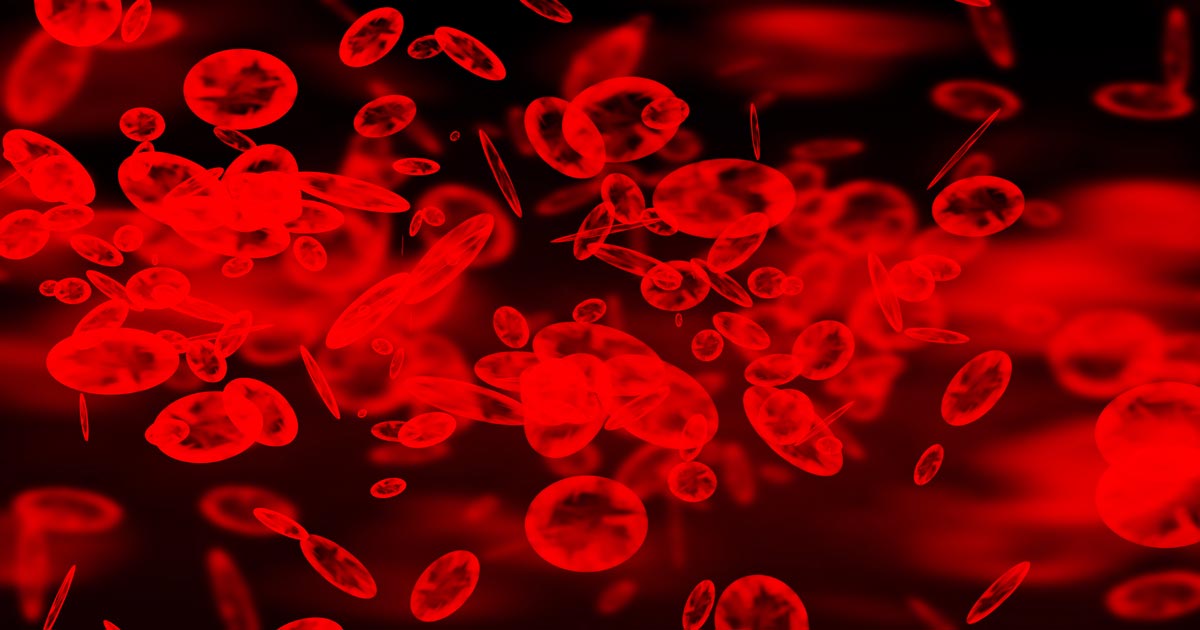
Managing thrombocytopenia in dogs and cats: part 1
—
by
Thrombocytopenia is a condition characterised by a decrease in platelet numbers, which is often caused by increased destruction of platelets or a decrease in production. Thrombocytopenia can manifest in many ways – the signs can be subtle and easily missed, such as small petechiae on gums, or quite obvious signs, such as large areas of…
-
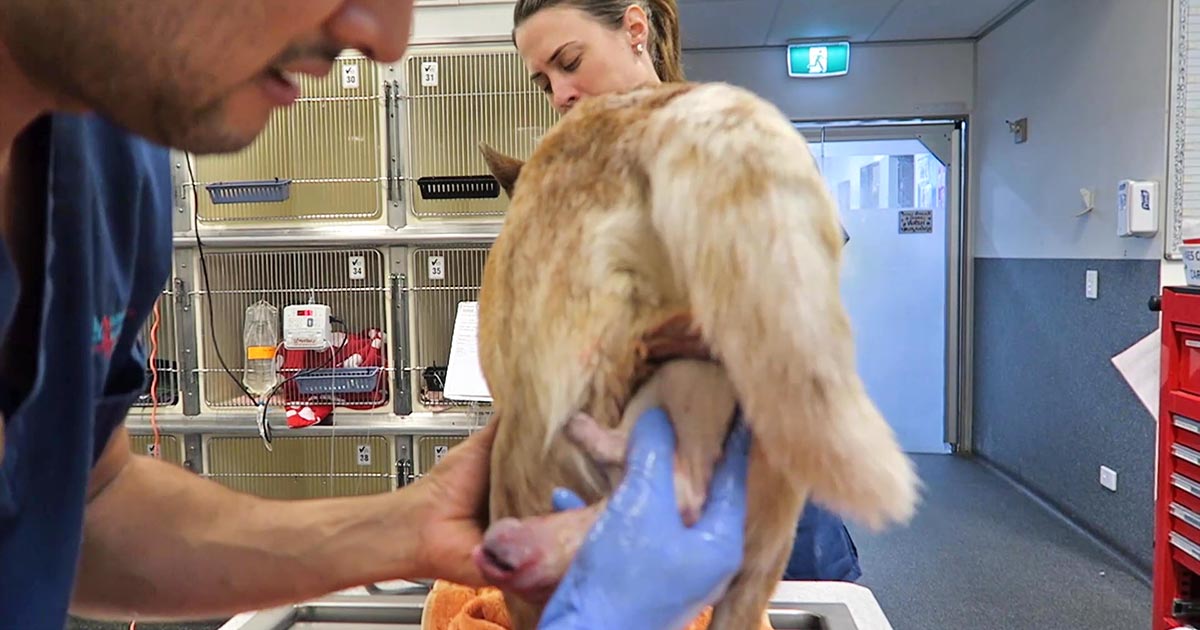
Dystocia, pt 2: diagnostics
—
by
Part one of this series covered the stages of labour and indications dystocia is present. Once the bitch presents to the clinic, a few basic diagnostic checks need completing to determine the status of the bitch/queen and the fetuses. Physical examination The first is a thorough physical examination, starting with the bitch or queen: Demeanour,…
-
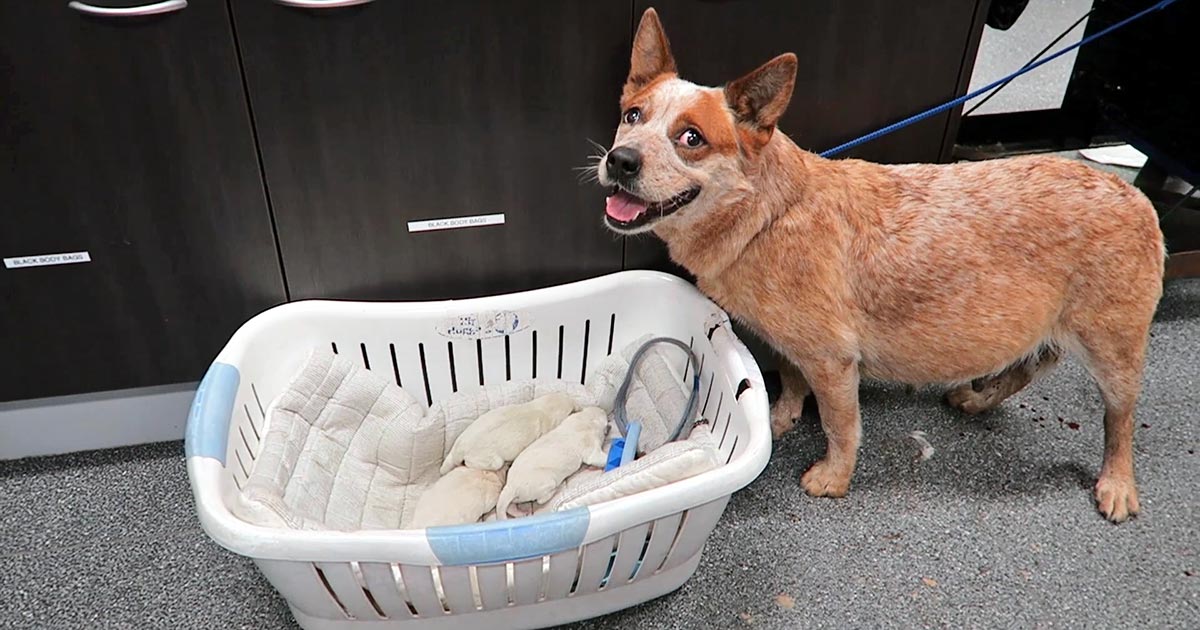
Dystocia, pt 1: labour stages
—
by
Now most female canine patients are spayed, it comes as no surprise reproductive emergencies are not as common. One confusion seems to be not knowing how to determine a true dystocia emergency – especially when given advice over the telephone – from the process of normal parturition. Another concern is how to confidently form a…
-
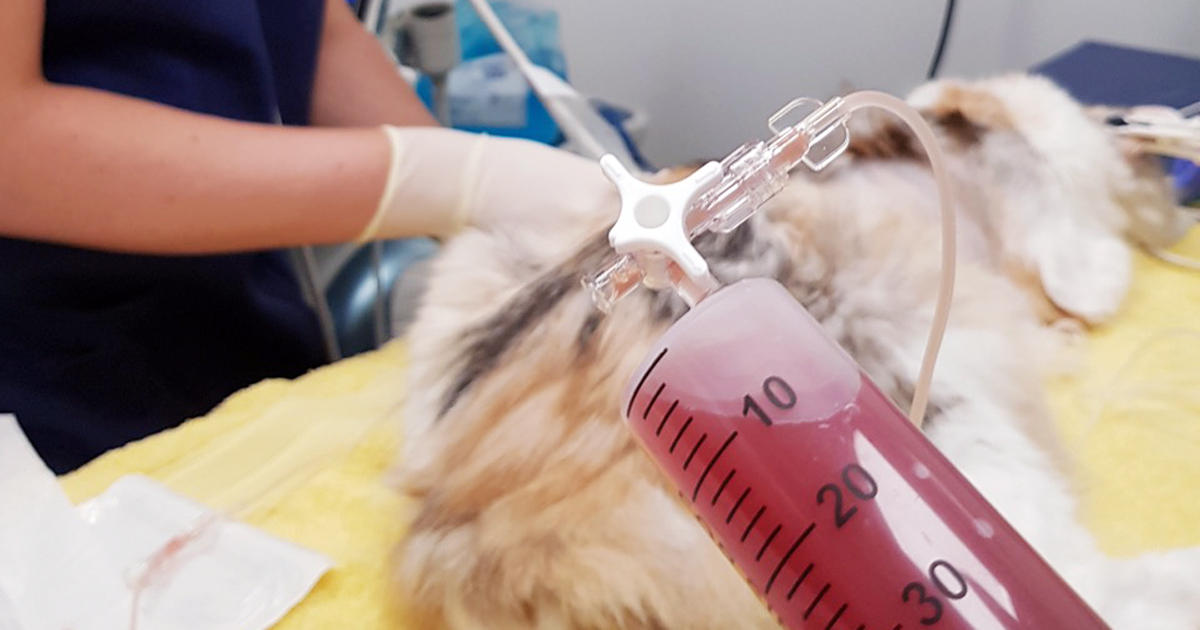
Thoracentesis, part 2: sample work
—
by
Last week we gave some hints and tips about how to perform a thoracocentesis. This week we look at what to do with the sample you collected and where to go to next. Looking at the sample is not enough, there are several things you need to do to make sure you are getting the…
-

Seizures, part 1: the questions to ask
—
by
Clients often panic when they think their pet is having a seizure and can skip over vital information. Often, what an owner describes as a “fit” may actually be syncope, collapse from anaphylaxis or internal haemorrhage (for example, neoplasia), a vestibular event or a behavioural condition. True seizures True seizures can be divided into two…
-

Systemic hypertension, part 1
—
by
Blood pressure monitoring is a standard practice as part of human medicine physical examination. In veterinary medicine, however, this is often omitted due to patient compliance issues, as well as inaccuracy as a result of transient hypertension caused by stress and fear. Systemic hypertension ultimately results in target organ damage – brain, heart, kidneys and…
-
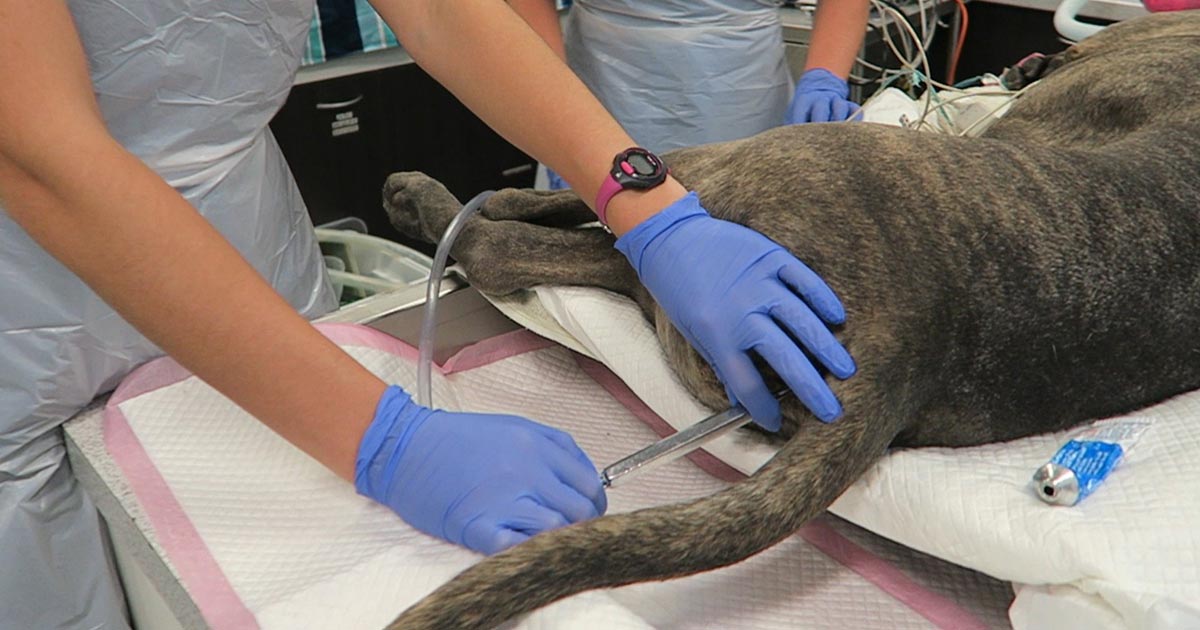
Catharsis, enemas and colonic irrigation for acute oral poisoning
—
by
Great news for those who hate enemas: you may not have to do any of these ever again. This is the consensus by both the American Academy of Clinical Toxicology, and the European Association of Poisons Centres and Clinical Toxicologists. The theory behind these procedures is legitimate – reducing systemic exposure of a toxicant by…